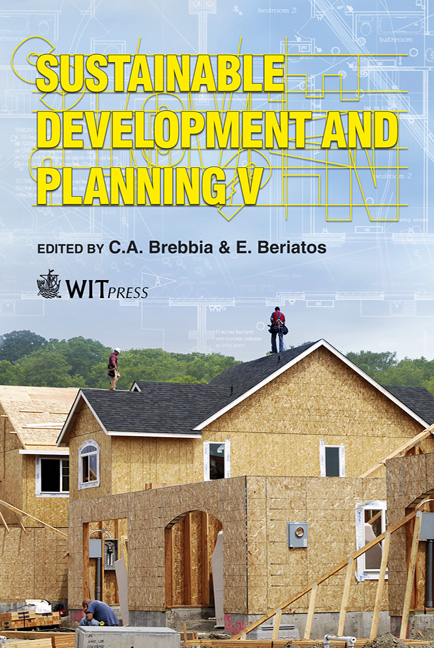Latent Heat Thermal Energy Storage Systems In Lightweight Construction: Review Of PCM Applications In Solar Decathlon Houses
Price
Free (open access)
Transaction
Volume
150
Pages
12
Page Range
935 - 946
Published
2011
Size
3,966 kb
Paper DOI
10.2495/SDP110781
Copyright
WIT Press
Author(s)
E. Rodríguez-Ubiñas, L. Ruíz-Valero, S. V. Sánchez & F. J. Neila González
Abstract
The use of thermal mass in buildings is an effective way to improve the building’s interior comfort in places with high diurnal temperature variation. Combined with other passive strategies, thermal mass can play an important role in the energy efficiency of the building, minimizing the necessity of the traditional conditioning systems. However contemporary construction tends to industrializing light weight systems with low thermal mass. An innovative way to add the thermal mass` benefits to the buildings is the use of the latent heat thermal storage capacity of the Phase Change Materials (PCM). In the Solar Decathlon, solar houses competition organized by the United States Department of Energy. The houses are tested and monitored in Washington DC, where the use of short term thermal storage systems is adequate to maintain the interior comfort and reduce energy consumption, therefore many teams had incorporated PCM in theirs industrialized lightweight houses. In this paper the solutions on the application of PCM used in this competition are discussed. Keywords: PCM, latent heat, energy storage, solar decathlon, TES. 1 Introduction Solar Decathlon (SD) is a biennial international competition and public event organized by the U.S. Department of Energy’s, in which 20 university teams from around the world compete to design, build, and operate solar-powered houses that are cost-effective, energy-efficient, and attractive [1, 2]. The SD
Keywords
PCM, latent heat, energy storage, solar decathlon, TES.





